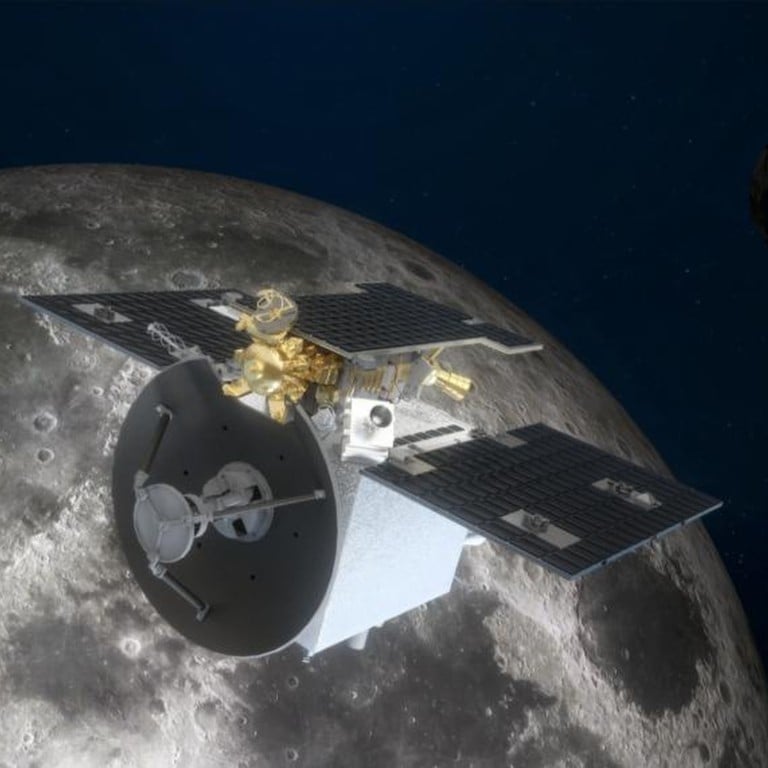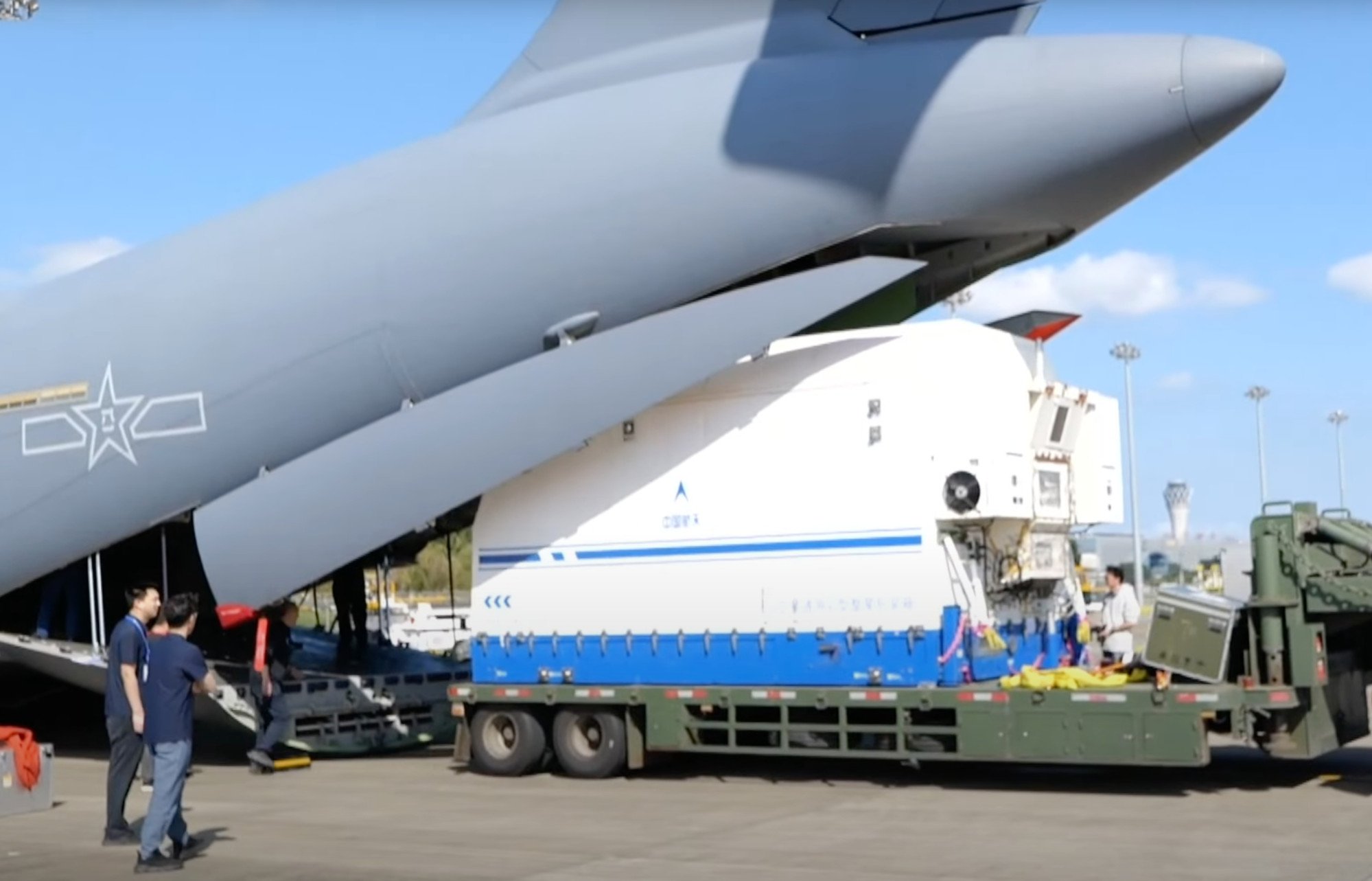
Testing, testing … China to try out new satellite tech for Chang’e 6 lunar mission
- Two Tiandu experimental devices will be launched to verify the design of an orbiting relay station for exploration on the far side of the moon
- Tests on the units will help refine the Queqiao constellation sending messages between the Earth and lunar rovers
The Tiandu satellites will arrive at site on Wednesday while the Queqiao 2 has already been delivered.
The Queqiao 2 is designed to relay signals from Earth to equipment on the far side of the lunar surface as part of the Chang’e 6 mission, which will launch in May to collect samples and return them to Earth.
But the complexity and weaker signals associated with the Queqiao 2’s lunar orbit require extensive testing.

The report said the two Tiandu satellites would be used to test and verify the design of the Queqiao constellation for lunar communication, navigation and remote sensing, offering valuable insights and foundational data for the network’s development.
Chen Xiao, chief commander of the Tiandu project, said the satellites would work together to test new technology to make sure messages were sent and received reliably and distances were measured accurately.
Upon reaching lunar orbit, the satellites would execute a near-moon braking manoeuvre to enter a lunar elliptical orbit, Xinhua quoted Chen as saying.
“In that orbit, the two satellites will conduct high-precision lunar orbit measurement and other technology verifications using inter-satellite microwave ranging and laser ranging from the satellite to the moon,” Chen said.
China and US are aiming for same area of the moon. Could they work together?
Development of the satellites is spearheaded by the Deep Space Exploration Laboratory, a collaboration set up in 2022 between the China National Space Administration, Anhui province, and the University of Science and Technology of China in Hefei.
The laboratory’s broader role is to research the major engineering tasks related to the country’s deep space exploration missions.
The Tiandu satellites are named after the main peak in the Huangshan mountain range in Anhui.
The Tiandu 1 weighs 61kg (134 pounds) and has a Ka-band microwave communication system, among other payloads. The Tiandu 2 is 15kg and equipped with navigation and communication payloads.

